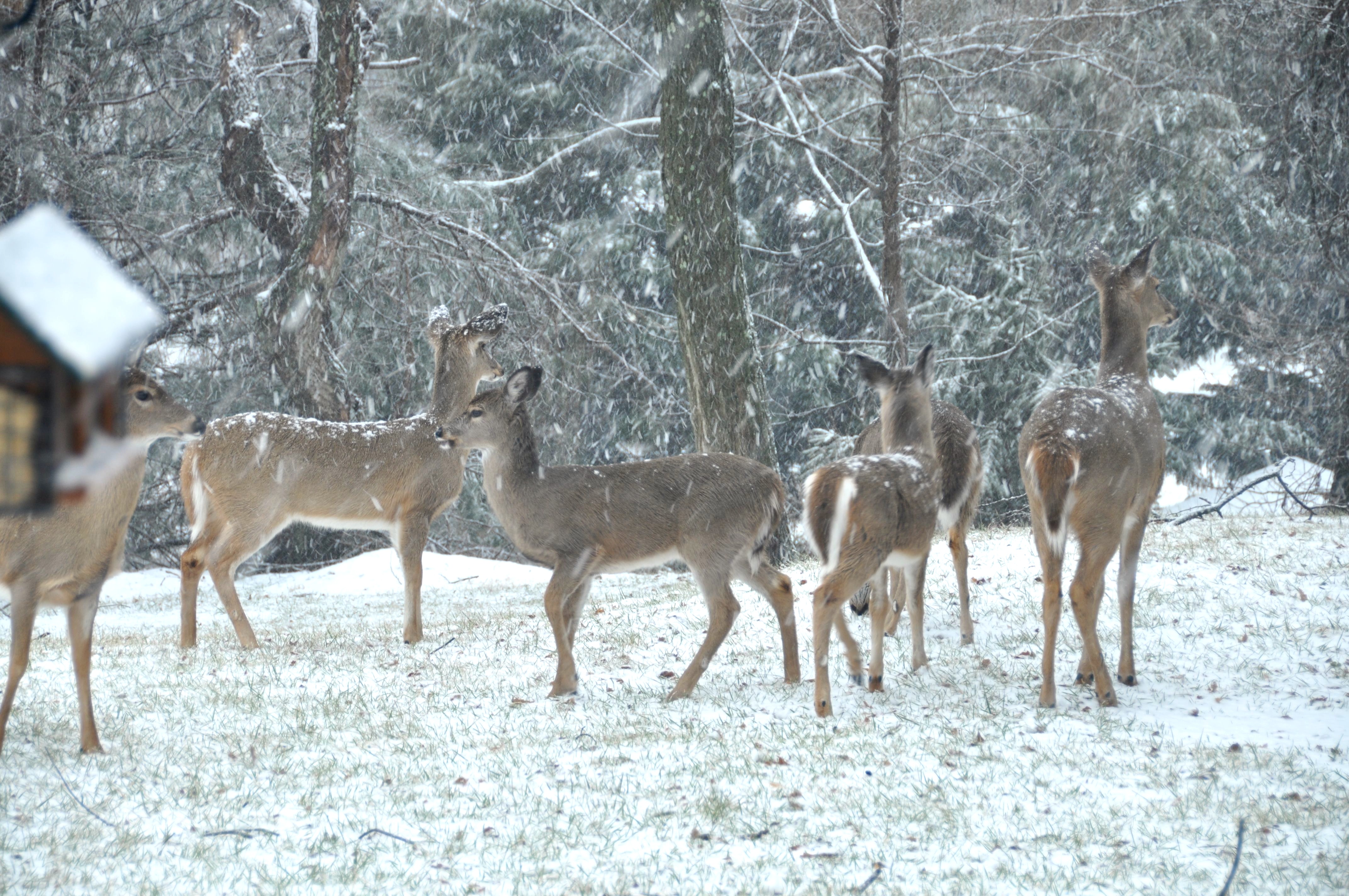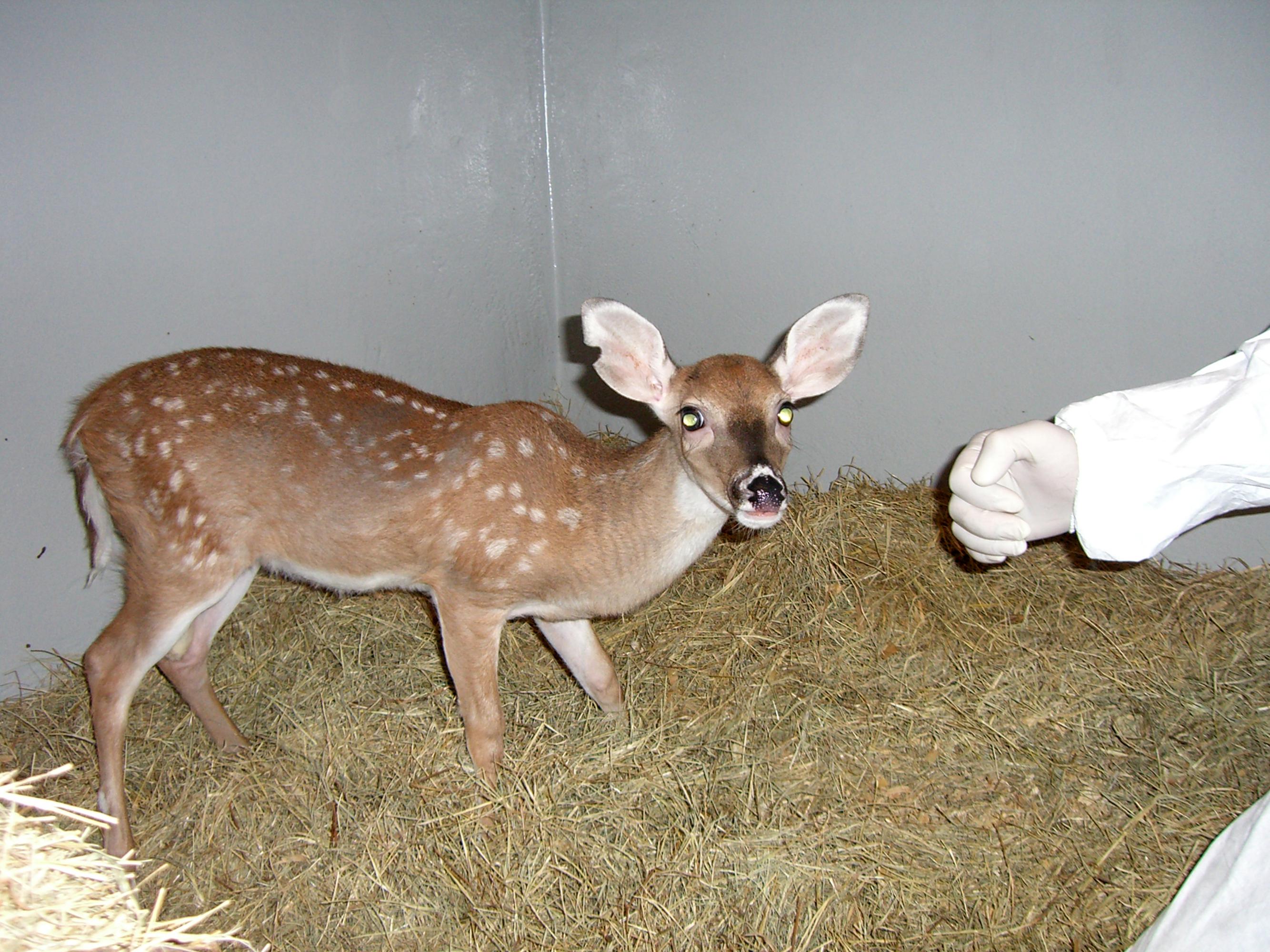How Whitetail Deer Lives and its Hunting Tactics

Many well-traveled hunters consider the whitetail buck to be the finest trophy on this continent. A lot of experts extend that to the world. The whitetail's exceptional wariness and keen senses make it a challenge no matter where it lives
Also, it certainly lives across an amazing array of habitats. It is one of the world's most adaptable animals and one of the most successful mammals on earth.
How Whitetail Deer Lives

The whitetail is part of the order Artiodactyla and the family Cervidae. This family of mammals also includes moose, elk, and caribou.
“Most hunters greatly overestimate the weight of the deer they bag, Across the eleven northeastern states the whitetail buck averages 140– 150 pounds on the hoof, the doe some 25 pounds less.” Said in the Safariors website.
Anywhere in our region, a 200-pound dressed (gutted) deer is a very big deer, even though a few 300-pounders are bagged very infrequently. Some of the largest northeastern bucks are taken in the rugged mountainous regions of the Adirondacks, Vermont, New Hampshire, and especially Maine.
One big reason why bigger deer are not commonly taken outside these areas is hunter pressure: A whitetail continues to add weight throughout its life, but in most accessible areas relatively few deer make it past 18 months.
Health Condition Changes Due to Food Habit

Natural selection also plays a role; in the rugged north country, only the biggest and strongest survive. Nonetheless, farm country offers better food for deer and some very big, fat healthy bucks are shot each year in the farm or suburban areas of New York, Pennsylvania and even New Jersey and Maryland.
.
Fawn bucks shot in their first year usually have short antler nubs or "buttons." Under normal conditions, antler growth proceeds as follows: 18-month deer, large spikes or fork horn; 30 months, four to six points; 42 months, six to eight points; 54 months, eight points or more. With age, a deer's antlers become both wider in their spread and heavier. Ten and twelve point bucks are not especially uncommon, and of course, there are instances when many more points develop.
Antler Shedding of Whitetail Deer

Deer shed their antlers annually, usually between late December and February. Last year, I saw five magnificent bucks running together within a protected park and all still had their antlers. It was early March. Perhaps good feeding conditions within the park promoted the antlers staying on later than usual - I don't know.
The above antler statistics are strictly rough guidelines. Antler development varies greatly as a reflection of genetic and environmental factors, especially food.
Deer are well protected from the cold by a thick, insulating coat of hair. As far as color, deer vary but little. Brown is the predominant overall shade, though greys and even reddish hues can mix in to create an off-brown effect. There is considerable white also: on the underside of the tail, around the eyes, on the stomach, on the rump and in patches on other parts of the animal.
Season of Deer Breeding

Deer breeding (meaning naturally, in the wild) is a subject of great interest to whitetail hunters, for it is during the relatively brief "rut" that bucks lose some of the exceptional cautions that marks their behavior the rest of the year. In the northeast, the longest extent of the rut is from about early October to late January; breeding outside this range would be rare but not unheard of.
However, the vast majority of breeding occurs in November, and some well-regarded deer authorities claim the peak of the rut is November 9-19 at our latitude. One expert even claims that there is a peak or "frenzy" period within this time frame, encompassing the days November 12-14.
My own observations bear this out to the letter. Usually the week before deer season I am out scouting and shooting with scopes and rifle and also anytime between November 10th to 14th I almost always see bucks with does (relatively rare outside of the breeding season).
On November 10th in New York's Catskill Mountains, we were driving to a trailhead from which we planned to hike in to check out a campsite for the following week's opener.